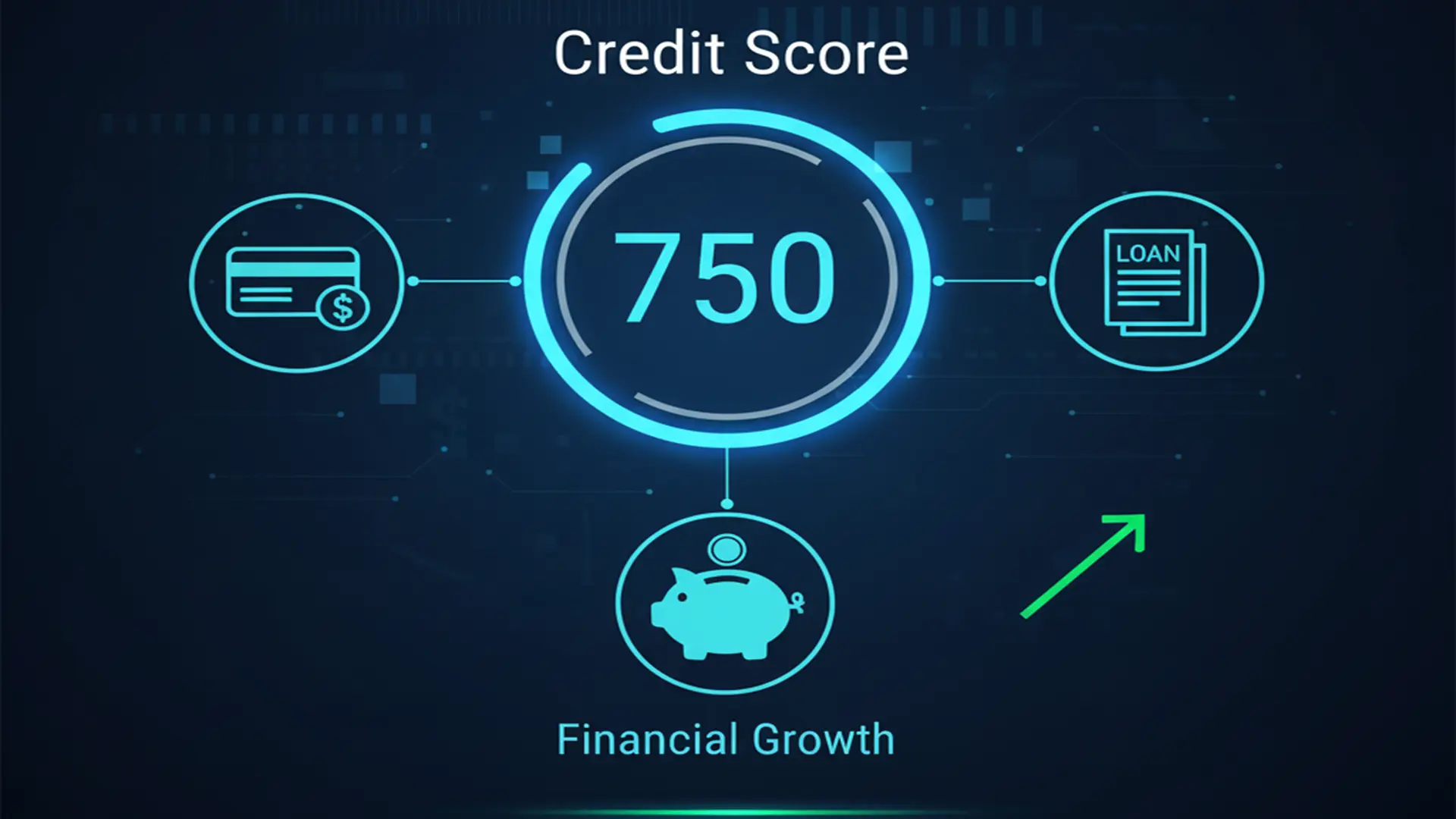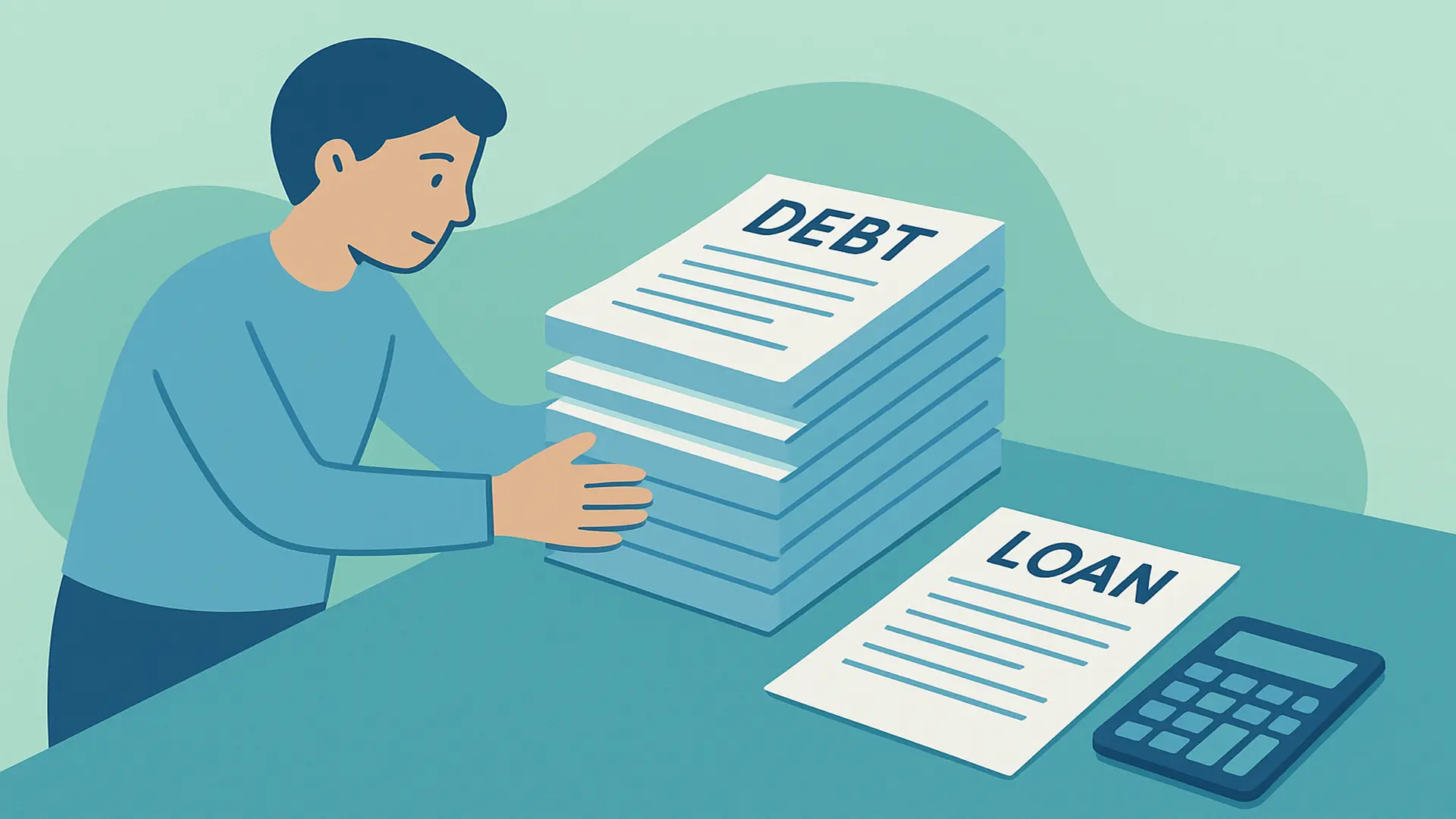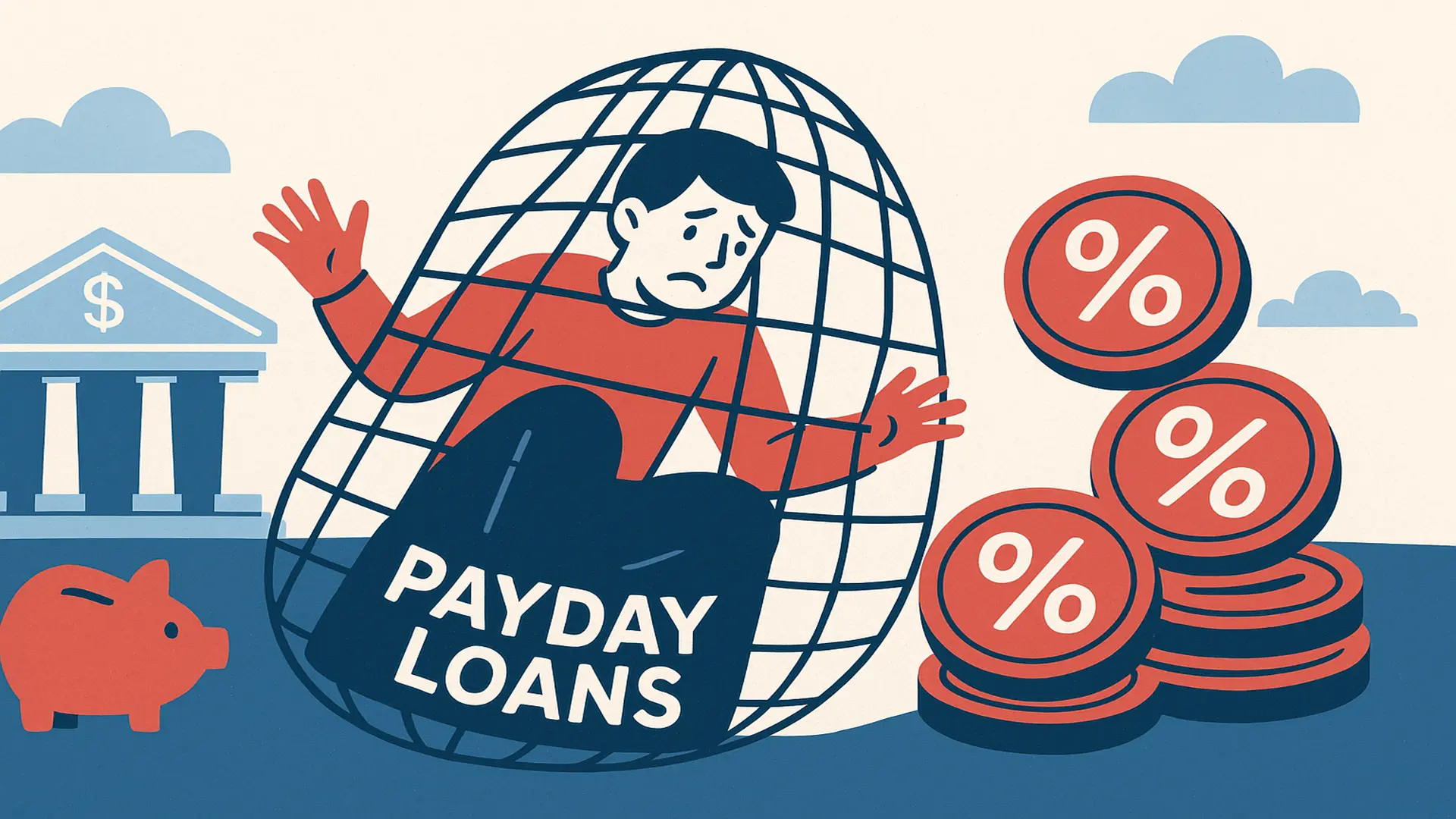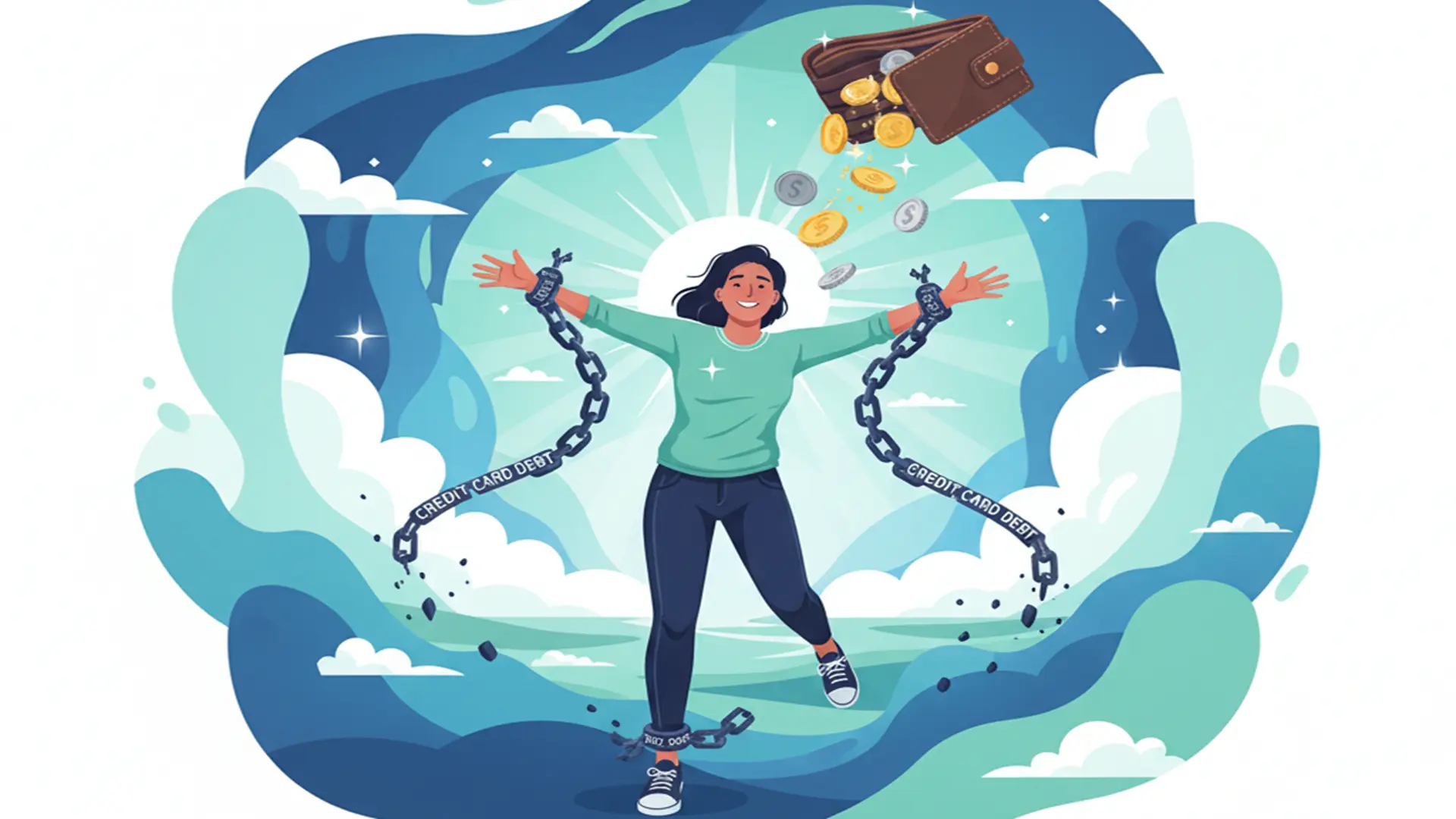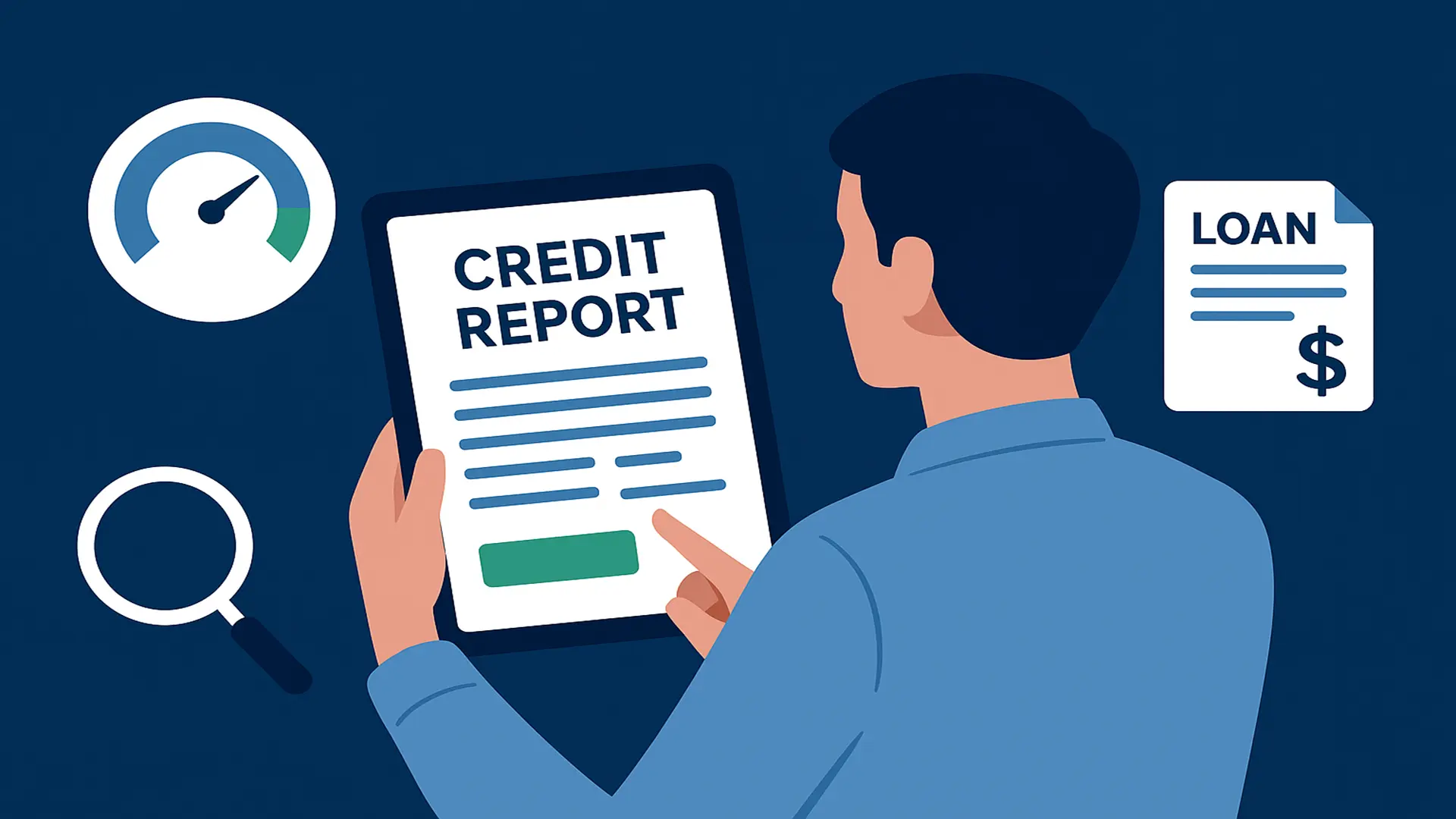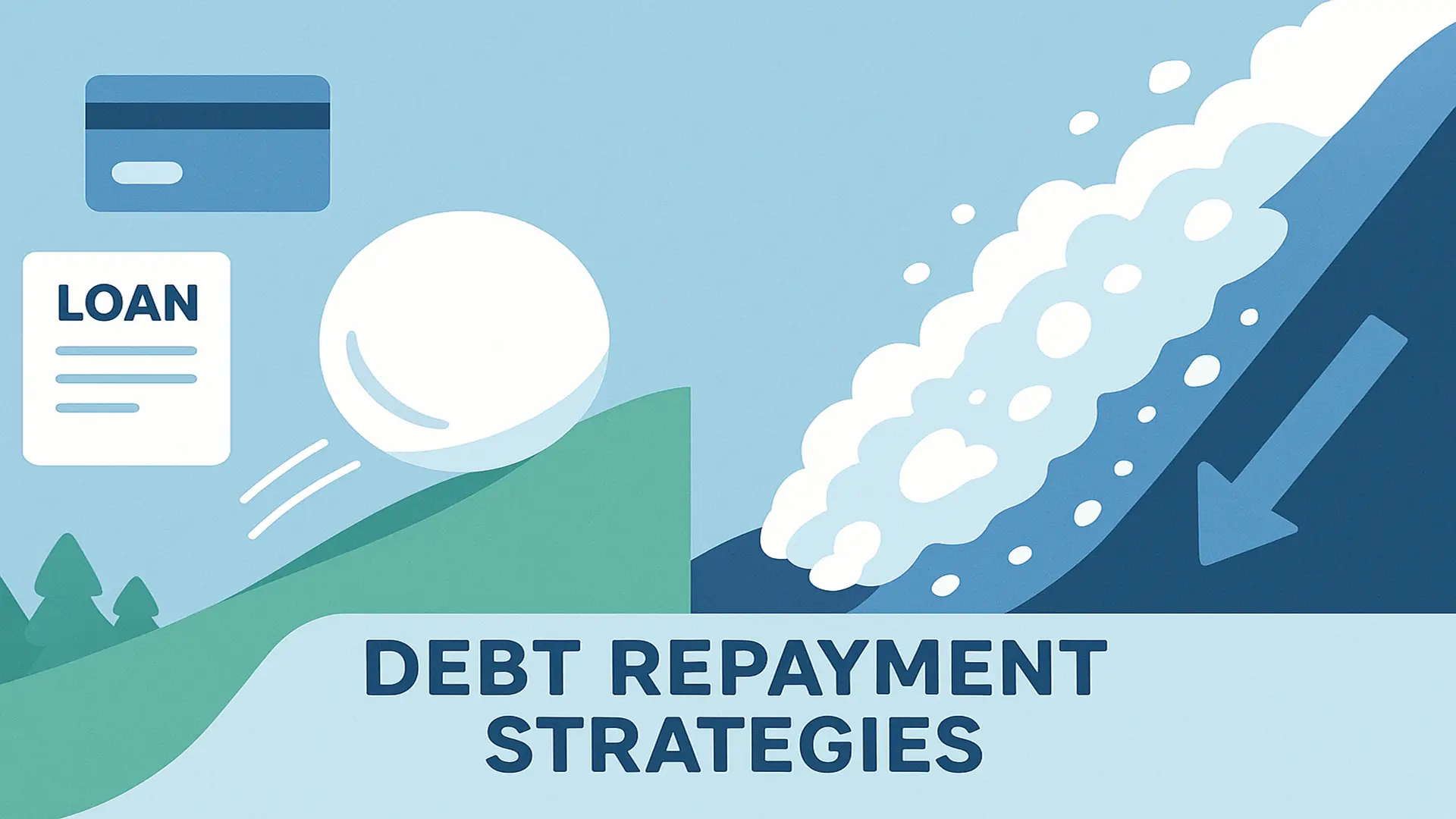Credit scores are a set of numbers that indicates your financial security. It determines whether you are able to qualify for credit cards, loans or even to rent a home. For those with low incomes having a high credit score will open doors to better options in terms of financial possibilities, including low interest. Knowing what constitutes a great score and the best way to get it is vital to financial stability. This article will explain credit scores, their significance and steps you can take to improve or build one even on an extremely limited budget.
Understanding Credit Scores
Credit scores are a 3-digit number, usually ranging between 300 and 900 in India which reflects your creditworthiness. It’s calculated using the history of your credit, which includes the repayment of loans and credit card use, and payment for bills. In India agencies such as CIBIL, Experian, and Equifax provide these scores. A higher score tells lenders that you’re not a risky borrower.
Credit scores play a role in how they influence loan approvals and conditions. A report on financials for 2025 shows that those with higher scores are able to get loans at a rate of 2 to 3 percent lower rates of interest. For people with a low income having a high score could provide affordable loans for emergency needs or major purchases, thereby saving thousands of rupees over the course of time.
What is a Good Credit Score?
In India credit scores are classified as follows: lower than 600 is considered to be poor 600-649 is fair, 700-749 is extremely good and 750-900 is great. Scores of 700 and more is generally considered to be excellent. It allows you to qualify for many credit and loans with favorable terms, such as lower interest rates or greater credit limits.
For households with low incomes, aim at least 700 is the best. Scores that are higher than 750, specifically 800+, allow you to access the best deals. The 2025 CIBIL report shows that 65 percent of Indians with scores over 750 get loans quicker than those who have less scores. Knowing your goals can help you make a plan that is effective.
Why a Good Credit Score Matters
A high credit score can save money and relieves stress. Loan lenders offer lower interest rates for those with high scores, which reduces cost of borrowing. For example, a $1 lakh loan with 10% interest, compared to 15% can save you up to Rs5,000 annually. This is essential for low-income people who need loans for education or emergencies.
A good score can also increase access to credit cards that offer cashback or rewards, which can help stretch your budget. It could also help when leasing homes since landlords are increasingly checking the credit score in 2025. A high score can increase the financial stability and security.
Step 1: Check Your Credit Score
Begin by determining the score you currently have. In India you can obtain an absolutely free CIBIL report once per year on their website or through applications like Paytm. Review your score and check your credit report to find any mistakes such as inaccurate loan information. Incorrect information can affect your score in a way that is unfair.
If your score falls below 700, don’t get worried. People with low incomes often have zero or poor one due to their limited credit experience. Monitoring regularly helps you keep track of progress and catch issues early. Making corrections can improve the score of 20-50 points.
Step 2: Pay Bills on Time
The payment history is the most important aspect of your credit score which accounts for 35%. Making sure you pay your the EMIs on credit cards, loan bills, and other utilities regularly will build a positive history. One missed payment could reduce your score by 50 to 100 points, so make reminders or schedule the payment process.
For households with low incomes Prioritize essential payments in order to avoid penalties. If your finances are tight get in touch with lenders to discuss grace time periods. Paying on time for a minimum of six months can boost your score by a significant amount, as per Experian’s 2025 data.
Step 3: Keep Credit Utilization Low
The credit utilization rate is the proportion of the credit card you use in relation to the credit limit. In the example above when your limit is Rs50,000, and you spend on a total of Rs25,000, the utilization is 50 percent. Keep it under 30% in order to increase your score. The high percentage of utilization indicates risk to the lender.
Make sure to pay off balances on your credit cards monthly or make a few small payments. For those earning low income, it is best to avoid spending more than they can afford even for necessities. The use of Rs10,000 in the limit of Rs50,000 keeps usage at 20 percent, which is ideal for scoring improvement.
Step 4: Build Credit by small steps
If you don’t have a credit history, begin by making a modest. You can apply for secured credit cards offered by banks such as SBI and HDFC in 2025. This utilizes a fixed-deposit as collateral. Make use of it for purchases that are small and then pay the balance every month. This helps build a credit score.
You can also take out a modest personal loan, and then pay it back promptly. When you pay on time, it adds positive marks to your credit score. Do not apply for multiple loans simultaneously, since they may lower your score for a short period of time.
Step 5: Limit New Credit Applications
Each credit or loan application results in the process of a “hard inquiry,” which could lower the score of your credit card by 5-10 points. Insufficient inquiries within a short period of time can cause lenders to raise red flags. Only apply when absolutely necessary, and allow for a gap of at minimum six months.
People earning low incomes should investigate their eligibility prior to submitting an application in order to avoid rejection. For instance, you can check the the requirements of banks for credit cards designed for those earning under Rs25,000 per month. This will help maintain your credit score and improves your chances of approval.
Step 6: Diversify Credit Types
A mixture of credit forms, like credit cards and small loan can boost your score. It shows that you can handle various types of debt. Be careful not to take on more debt than you’re able to manage. Limit yourself to a couple of accounts and focus on making timely payment.
For households with low incomes, begin with a credit card, and an EMI-based purchase of a smaller amount, like a cell phone. Make sure you manage these appropriately to build an enviable credit profile. This method can boost scores by 20-30 percent in the course of time.
Conclusion
A credit score that is good at least 700 or higher is the key to financial security. It allows you to get better terms on loans which saves you money and lowers stress for households with low incomes. By assessing your credit score, making payments promptly and ensuring that your credit utilization is low and constructing credit in a responsible manner it is possible to build a solid score. Start small, be constant, and track your the progress on a regular basis. A high credit score is more than just a number. an instrument to help build an enviable future.
FAQ
Q: What is considered a good credit score in India?
A: A score of 700 or above is good, with 750–900 being excellent for the best loan terms.
Q: How often should I check my credit score?
A: Check it once a year for free via CIBIL or more frequently with paid services to track progress.
Q: Can I improve my credit score on a low income?
A: Yes, pay bills on time, keep credit utilization below 30%, and start with a secured credit card.
Q: How long does it take to improve a low credit score?
A: With consistent payments and low utilization, you can see a 50–100-point increase in 6–12 months.
Q: Do utility bill payments affect my credit score?
A: In India, utility payments don’t directly impact your score unless reported as unpaid to credit bureaus.
